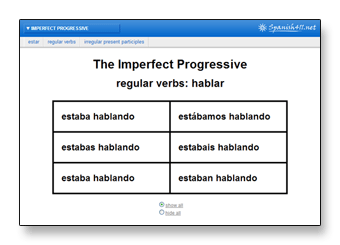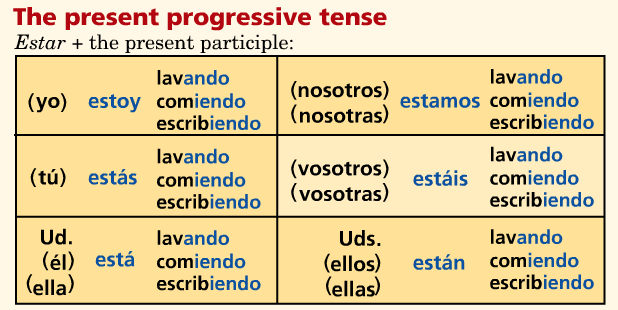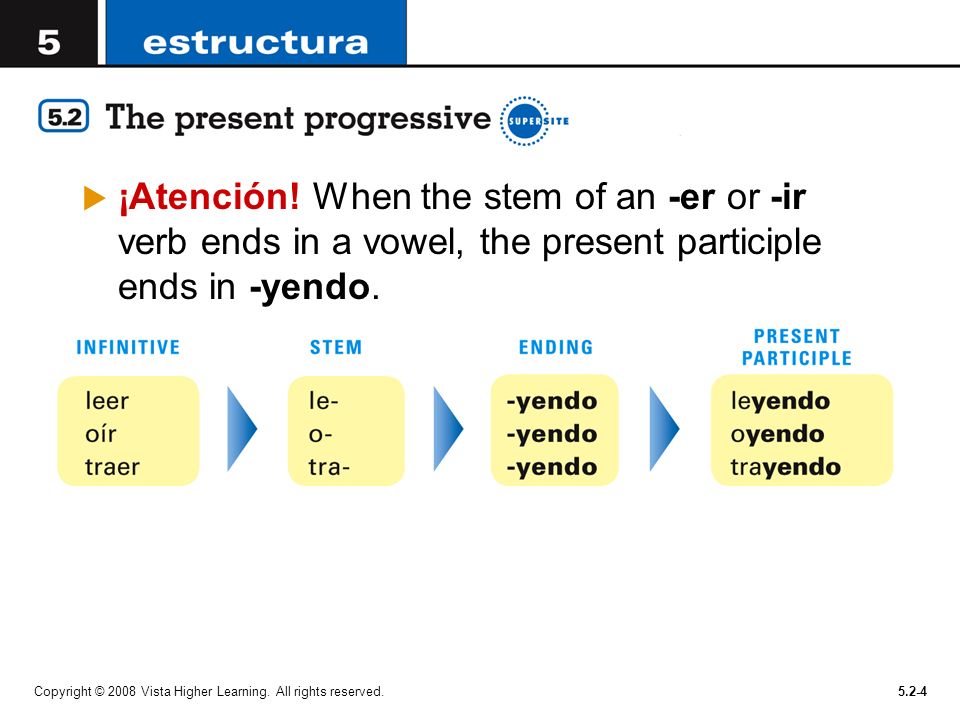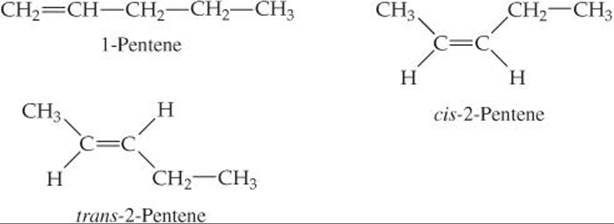Present progressive of leer
Present Progressive Of Leer. The present of the verb estar the present participle of leer which is leyendo. Translate leer in context with examples of use and definition. Ver traducciones en inglés y español con pronunciaciones de audio ejemplos y traducciones palabra por palabra. Indicative past tense participle present perfect gerund conjugation models and irregular verbs.
 Portales Lesson 5 2 The Present Progressive Youtube From youtube.com
Portales Lesson 5 2 The Present Progressive Youtube From youtube.com
The term present progressive is a fancy way of describing the verb tense that emphasizes that an action is currently taking place as we speak. Ver traducciones en inglés y español con pronunciaciones de audio ejemplos y traducciones palabra por palabra. The action expressed by the present progressive tense must be action in progress. Present tense forms of leer. A clean and easy to read chart to help you learn how to conjugate the Spanish verb leer in Present Progressive tense. Use of the Present Progressive Tense.
Leyendo by itself is the not the present progressive tense.
Leer present progressive. In English present progressive can be used to describe what is happening now or what will happen in the future. Usted form of leer. To form this tense we need. Conjugate also disertar reponer adscribir ejercer ligar desvirtuar asustar ascender totalizar estar. To form the present progressive simply conjugate the verb estar to agree with the subject of the sentence and follow it with the present participle.
 Source: slidetodoc.com
Source: slidetodoc.com
Present tense Wikipedia. Search the definition and the translation in context for leer with examples of use extracted from real-life communication. It could just as well be used to construct the past or future progressive. In Spanish the present progressive is only used to describe an action that is in the process of taking place. Tú form of leer.
 Source: spanish411.net
Source: spanish411.net
It is characterized by the verb to be followed by a second verb that ends with ing the present participle. It is characterized by the verb to be followed by a second verb that ends with ing the present participle. Present tense Wikipedia. To form the present progressive simply conjugate the verb estar to agree with the subject of the sentence and follow it with the present participle. Leer present progressive.
 Source: pinterest.com
Source: pinterest.com
Ver traducciones en inglés y español con pronunciaciones de audio ejemplos y traducciones palabra por palabra. Tu form of leer. Vosotros form of leer. Present form of leer. The science is pretty clear on this one.
 Source: theofy.world
Source: theofy.world
Leer verb conjugation to all tenses modes and persons. Translate leer in context with examples of use and definition. Its the present participle or gerund. Traduce present progressive of leer. Formation of the Present Progressive Tense.

I am studying with María tonight. Ustedes form of leer. Traduce present progressive of leer. To form the present progressive tense conjugate estar in the present tense and follow it with the gerund of the main verb. In Spanish the present progressive is constructed in a similar way.
Source:
Indicative past tense participle present perfect gerund conjugation models and irregular verbs. The present progressive is formed by first conjugating the verb estar or seguir depending on context to the subject and then attaching a gerund of the verb that follows. Present form of leer. Following are examples formed with estar. A Stanford University study showed that music moves the brain to pay attention The researches in this study utilized instrumental music - like the ones we use at Live Lingua - on their study volunteers and.
 Source: spanishdictionary.cc
Source: spanishdictionary.cc
I am studying now. Yo form of leer. Present form of leer. Ver traducciones en inglés y español con pronunciaciones de audio ejemplos y traducciones palabra por palabra. The science is pretty clear on this one.
 Source: youtube.com
Source: youtube.com
In Spanish it looks like this. Present form of leer. Vos is an informal second person singular you form used in parts of Latin America. In Spanish the present progressive is constructed in a similar way. Music helps with the retention of information in both short and long-term memory and with focus.
 Source: pinterest.com
Source: pinterest.com
I am studying now. Conjugate the English verb leer. We use the present progressive to talk about actions that are happening at the moment of speaking but also to talk about what has been taking place lately. I am studying now. In Spanish the present progressive is constructed in a similar way.
 Source: slideplayer.es
Source: slideplayer.es
Present tense of leer. Following are examples formed with estar. A Stanford University study showed that music moves the brain to pay attention The researches in this study utilized instrumental music - like the ones we use at Live Lingua - on their study volunteers and. Indicative past tense participle present perfect gerund conjugation models and irregular verbs. Tu form of leer.
 Source: youtube.com
Source: youtube.com
It is characterized by the verb to be followed by a second verb that ends with ing the present participle. Present tense Wikipedia. Ustedes form of leer. Vos is an informal second person singular you form used in parts of Latin America. Music helps with the retention of information in both short and long-term memory and with focus.
 Source: theeducationlife.com
Source: theeducationlife.com
Tú form of leer. Traduce present progressive of leer. To form this tense we need. This tense follows the pattern estar to be gerund. What does present progressive mean.
 Source: teacherspayteachers.com
Source: teacherspayteachers.com
Updated Dec 15 2009. To form this tense we need. The gerund helps express the action in progress and it is normally formed by adding -ando for verbs ending in -AR or -iendo for verbs. Translate leer in context with examples of use and definition. The present progressive is used to describe an activity currently in progress.
 Source: pinterest.com
Source: pinterest.com
Indicative past tense participle present perfect gerund conjugation models and irregular verbs. The term present progressive is a fancy way of describing the verb tense that emphasizes that an action is currently taking place as we speak. In Spanish it looks like this. What does present progressive mean. It is characterized by the verb to be followed by a second verb that ends with ing the present participle.
 Source: slideplayer.com
Source: slideplayer.com
I am studying with María tonight. Vos is an informal second person singular you form used in parts of Latin America. To form the present progressive simply conjugate the verb estar to agree with the subject of the sentence and follow it with the present participle. Leyendo by itself is the not the present progressive tense. In English present progressive can be used to describe what is happening now or what will happen in the future.
If you find this site beneficial, please support us by sharing this posts to your own social media accounts like Facebook, Instagram and so on or you can also save this blog page with the title present progressive of leer by using Ctrl + D for devices a laptop with a Windows operating system or Command + D for laptops with an Apple operating system. If you use a smartphone, you can also use the drawer menu of the browser you are using. Whether it’s a Windows, Mac, iOS or Android operating system, you will still be able to bookmark this website.






